Here’s a couple of interesting case studies . . .
Imagine being off all prescribed drugs, with no symptoms from your Arthritis, your weight is at your ideal, energy is great and severe pain has gone, but over a short period of time . . . all your symptoms are back.
Or, your depression, anxiety, severe bloating, headaches and insomnia all return.
Seemingly, out of the blue, all of your symptoms return.
By going through the 2 steps above, you can find the answer.
For a couple people of late, mould has been the culprit, and it's effects on your health is more damaging than you think.
It wasn’t a healing challenge, but was identified via understanding The 4 Triggers to All Disease.
So what is mould and what can it do?
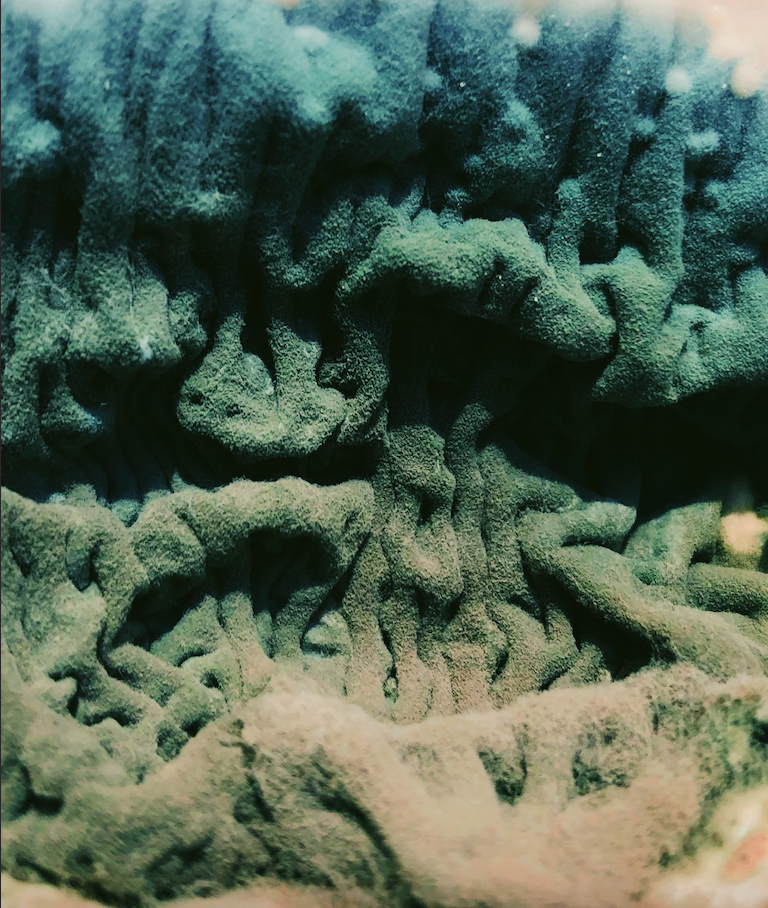
The Toxic Effects of Hidden Mould
I have been thinking a lot about the destruction, the grief and loss, the resilience, the bravery and the community spirit that arises in a crisis like this.
It is both heart-breaking and inspiring.
I can’t even imagine what these people; the elderly, young families, pregnant women, those who are single, those of ill health, children, men, women and those still missing or trapped, must be going through witnessing their home, all of their belongings and treasures covered in layers of toxic mud, and then having to undergo a clean-up, salvaging what they can but mostly discarding everything.
My heart goes out to them and I have been sending love and prayers every day.
When I think of the clean-up, I also think about the devastating amount of mould that must be building up in these homes, behind wallboards and wallpaper, under panelling, between ceiling tiles, in carpets, insulation materials, and in every nook and cranny one can think of.
I know just with the dampness in the air, we have seen our fair share of mould suddenly appearing on household items, and I’m sure a lot of you reading this have as well.
Luckily most of these are easily cleaned, however it can quickly become a very real, and dangerous problem if not addressed.
Water damage can create a fertile ground for for toxic mould, a cause of many chronic illnesses far more common than we think.
What is Mould?
Mould is a type of fungus with the important job of decomposing dead, organic material. They are the most important part of natures ability to recycle.
These microscopic fungi live everywhere except underwater, parts of the Arctic and Antarctic, and in artificial environments like clean rooms.
The mould spores and fibre-like structure of individual colonies are too small to see without a microscope [1].
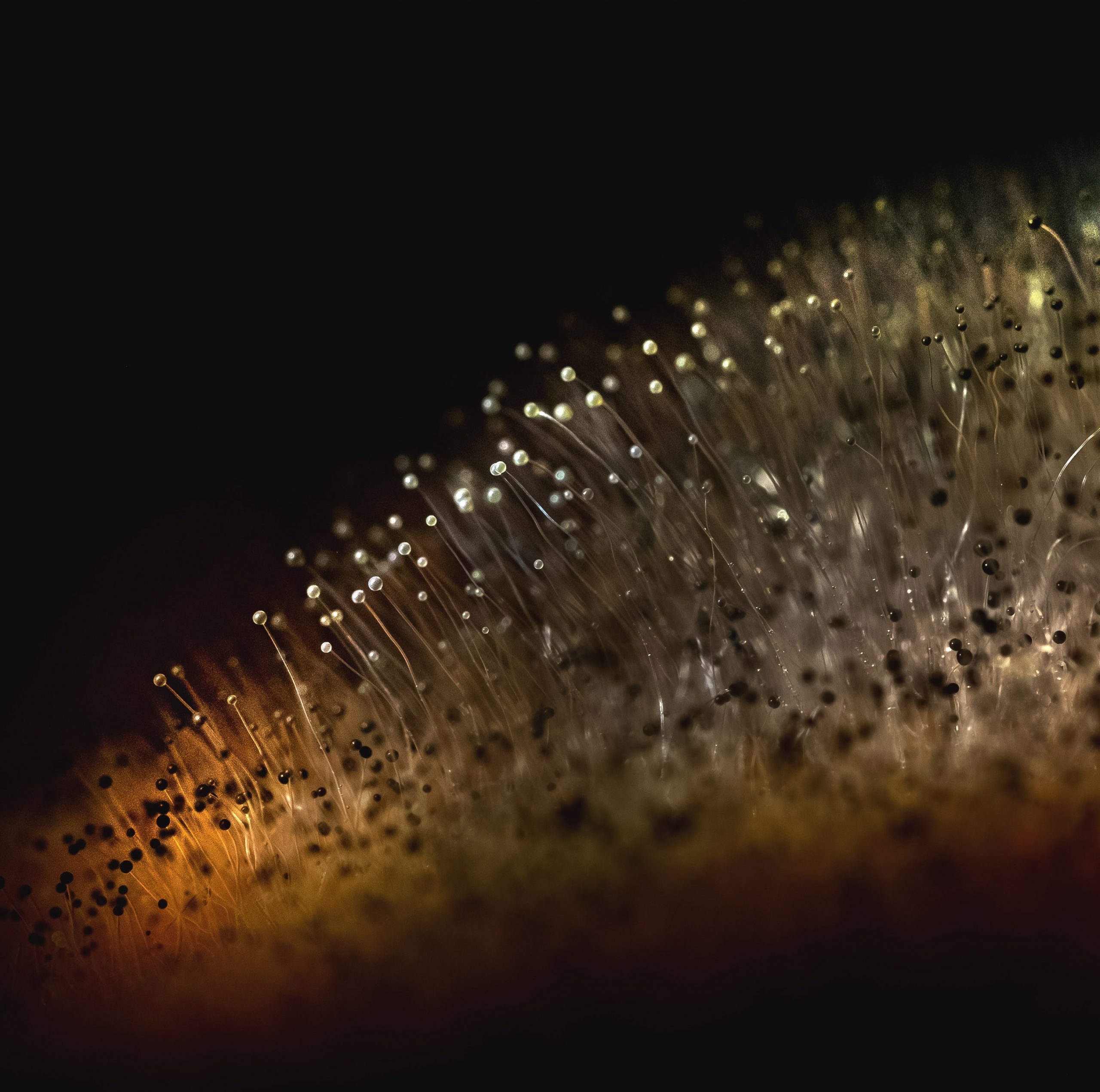
What are the Health Risks of Mould?
Even though it is an important part of the earth’s ecosystem, it is not something you want growing inside your home as it can create health risks.
In order to reproduce, mould produces tiny particles called spores. Spores are carried in the air and may cause health problems if inhaled.
Long-term mould exposure can cause Mould Toxicity or Mycotoxicosis.
The symptoms of Mycotoxicosis can look like:
GENERAL SYMPTOMS
RESPIRATORY SYMPTOMS
NEUROLOGICAL SYMPTOMS
PSYCHIATRIC SYMPTOMS
HORMONAL SYMPTOMS
GASTROINTESTINAL SYMPTOMS
URINARY SYMPTOMS
SKIN SYMPTOMS
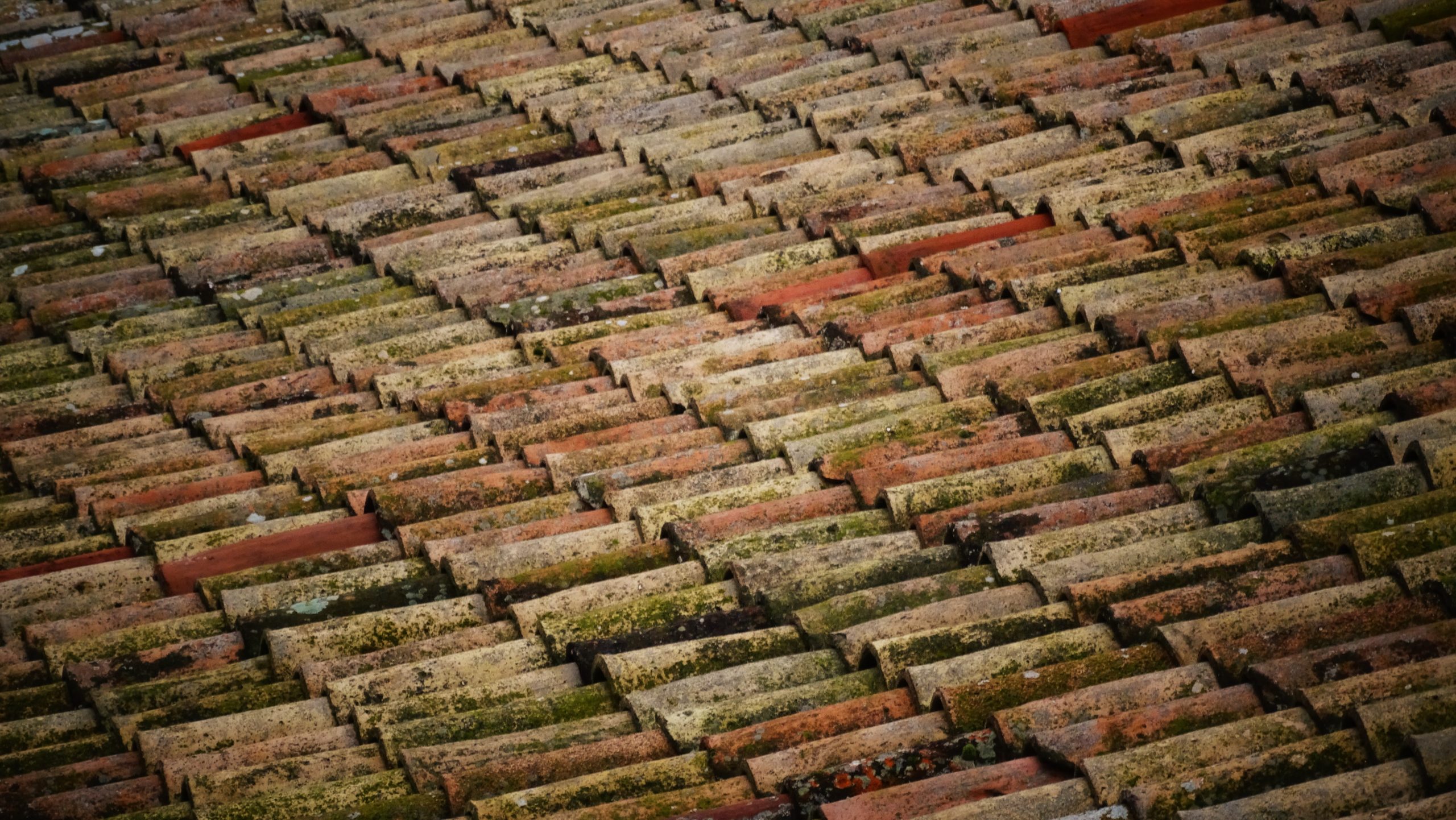
Can a Building with Mould Induce Joint Problems, Including Rheumatoid Arthritis or any Autoimmune Challenge?
Yes.
Along with musculoskeletal symptoms like weakness, muscle twitches and cramps, rheumatoid arthritis can be triggered in some people by working in a building with mould and damp-loving bacteria.
RA and other rheumatic diseases developed in employees of two different buildings with poor indoor air quality [2,3].
Mould damage and active bacteria infections were found in walls and under the foundation of a health centre after all 34 employees had developed rheumatic symptoms [3]
Ironic, isn’t it?
Two of the 34 employees developed rheumatoid arthritis.
Three more workers met the 1987 RA classification criteria. Sixteen employees had joint pains. These joint pains began in 11 employees after beginning to work at the health centre [3].
In a second building, ten employees of 83 to 113 employees developed rheumatic diseases in a different building with an air quality problem—again from mould and damp-loving bacteria.
Three developed rheumatoid arthritis, one had psoriatic arthritis, two had Sjogren’s syndrome, and four had ankylosing spondylitis. [2]
Rheumatoid arthritis and other rheumatic diseases usually do not begin in most people of a group at the same time.
This data supports the role of the mould and damp-loving microbes in the onset of RA and other rheumatic diseases in susceptible people [3]
Can Avoiding the Mouldy Environment Reverse the Symptoms?
Interestingly, half of the employees (17/34) had circulating immune complexes during the months and years working in the Health Centre.
Most of these employees (82%, 14/17) had cleared their symptoms 18 months after the health centre closed [3].
The data suggests to me that removing the instigating infection or exposure to the mould spores can help reverse even antibody-based disease signs [3].
Dr. Luosujarvi et al. described the disease course of one of the patients.
He wrote, “Our patient terminated his work at the health centre soon after he became ill, and this may be the reason why he has now been in remission without drugs for 3 years.” [3].
Thus, changing the environment by removing the mould or moving to a new location can help relieve symptoms, at least in some people.
Can Other Moulds Cause Arthritis Symptoms?
Yes.
A six-year-old boy who came down with a chronic arthritis turned out to have a mould infection that contained pus. [3]
The arthritis arose after a bicycle accident.
Thus, this boy experienced two events associated with a higher risk of developing RA, namely physical trauma and infection [5].
The infection was cured with an effective anti-fungal agent, which happened to be the third one administered [4]. However, the knee remained stiff.
Outdoor accidents that infect someone with mould can lead to arthritis in susceptible people.
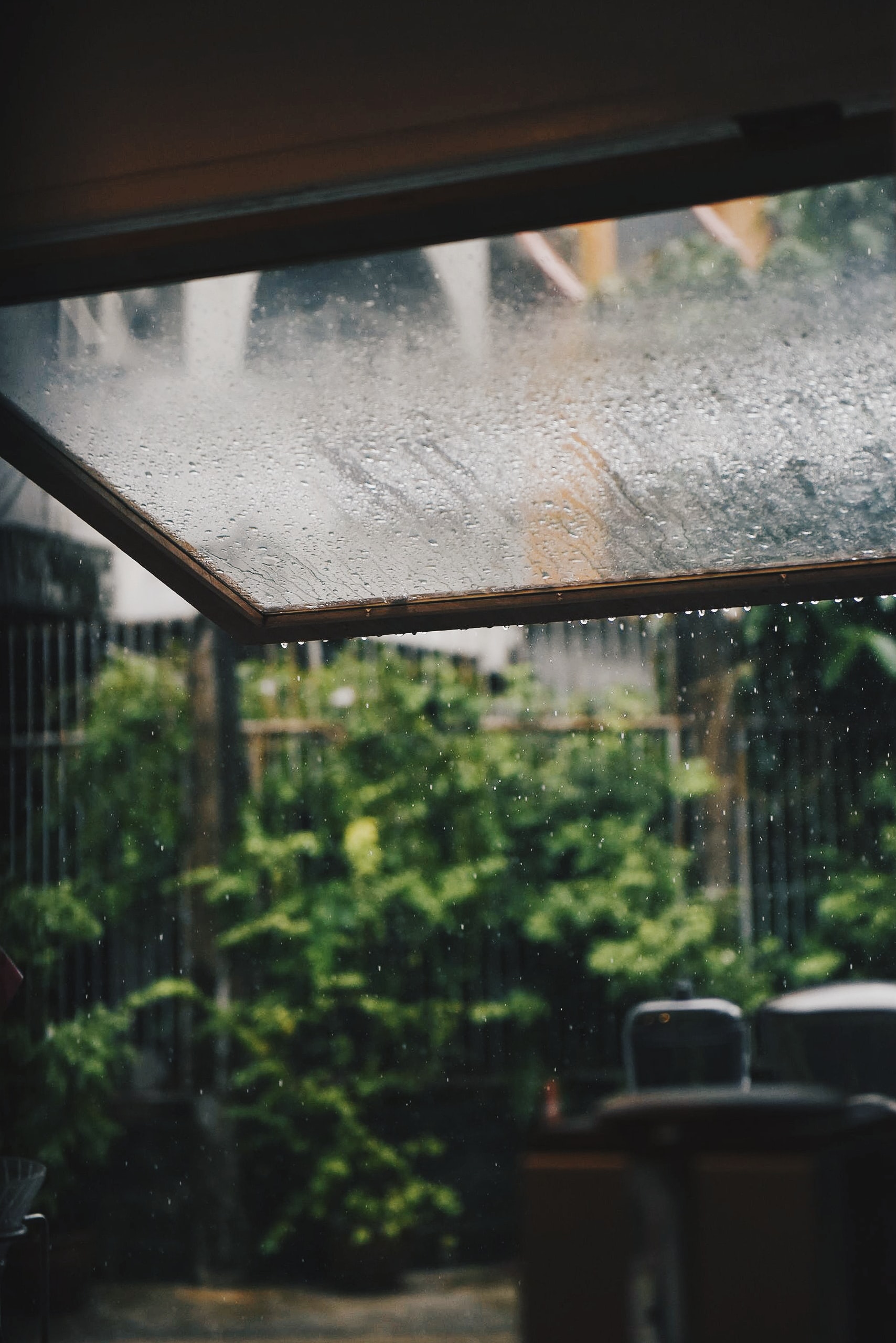
How to Test Your Home for Mould
If you have a cluster of the above symptoms, unfortunately your home might be making you sick.
It is really important to do routine mould checks on your home to prevent mould toxicity. Here’s how:
STEP 1
Check out basements wall, laundry rooms, air conditioning systems, bathroom, underneath the sinks, windowsills, closets, refrigerator door seals and drain pans, and closets.
Search not only for black or green patches but do the sniff test.
The musty smell will help you detect the source of mould growth.
STEP 2
Look for causes of mould growth, such as broken pipes, a leak, past flooding, lack of ventilation, old food or wood furniture.
Knowing the cause of possible mould growth will help detect this insidious intruder faster.
STEP 3
Don’t ignore your symptoms.
If you start coughing, sneezing, or wheezing when you enter the room, it could be caused by spores or mycotoxins produced by mould.
As soon as you have detected the mould, get rid of it.
Don’t postpone it till it's too late.
Long exposure to toxic mould can cause life-threatening symptoms.
STEP 4
Get a mould inspector to inspect your house to find out if this could be a hidden driver of your health challenges, especially if you seem to be doing everything correctly but your health is not where you think it should be.
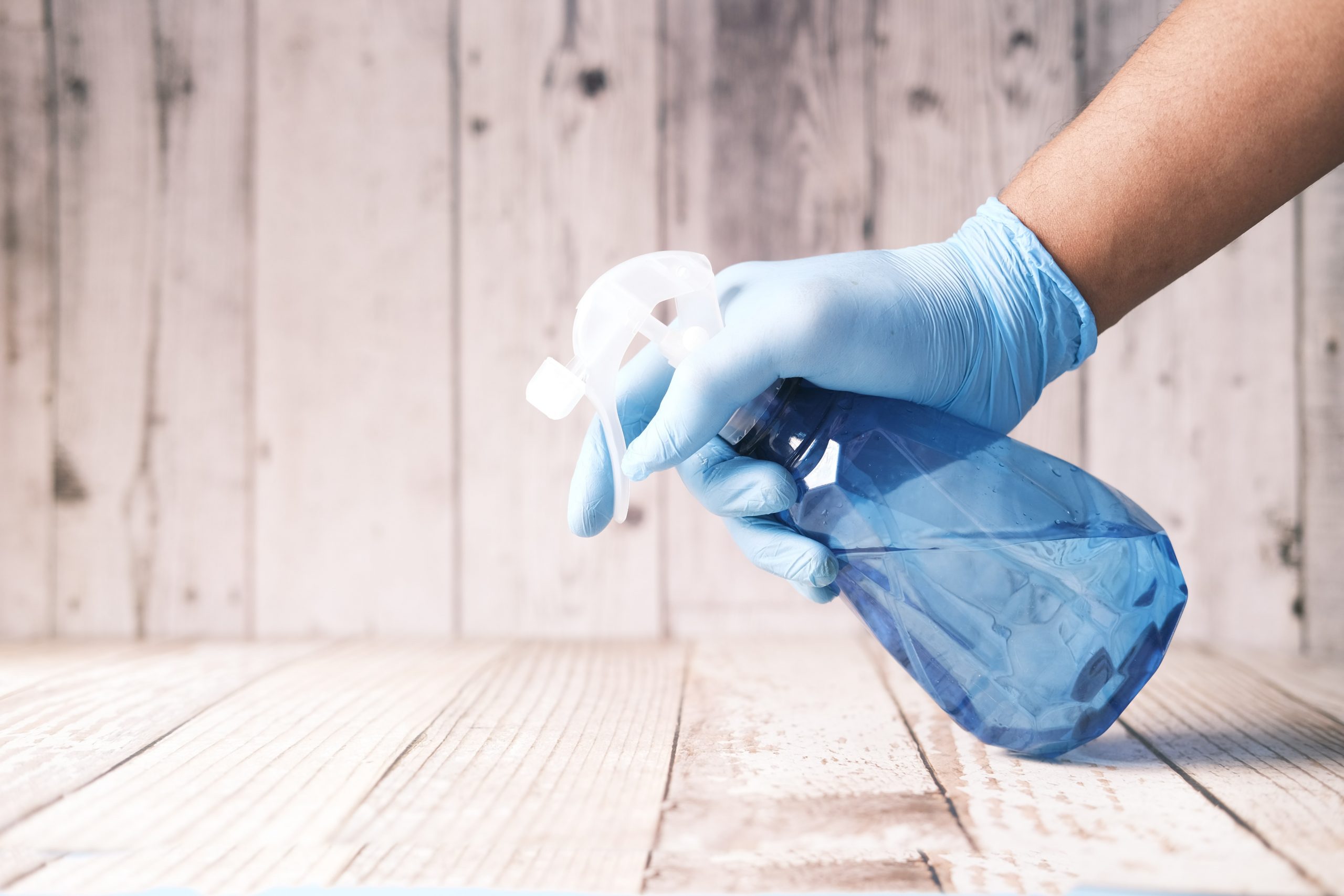
How to Get Rid of Mould
The good news is that mould is often treatable, especially when the affected area is small or growing on an easily cleaned area.
As mentioned, when there is significant mould growth affecting your health, consider professional mould remediation services.
If you experience severe mould toxicity symptoms or suffer from a medical condition, such as asthma, it is not recommended to fight mould on your own. This may just aggravate your symptoms and cause complications. Don’t hesitate to hire professionals for proper mould remediation.
When the mould toxicity symptoms are unbearable, it won’t be a mistake to discard items that have become contaminated.
Some of the problematic items that may worsen your mould sickness include computers, appliances, bedding, books and upholstered furniture.
How to Prevent Mould Growth
Spores are always floating in the air so it is important to do everything you can to prevent, and reduce the risk of mould growth.
Here are some tips of how to control moisture levels in your home.
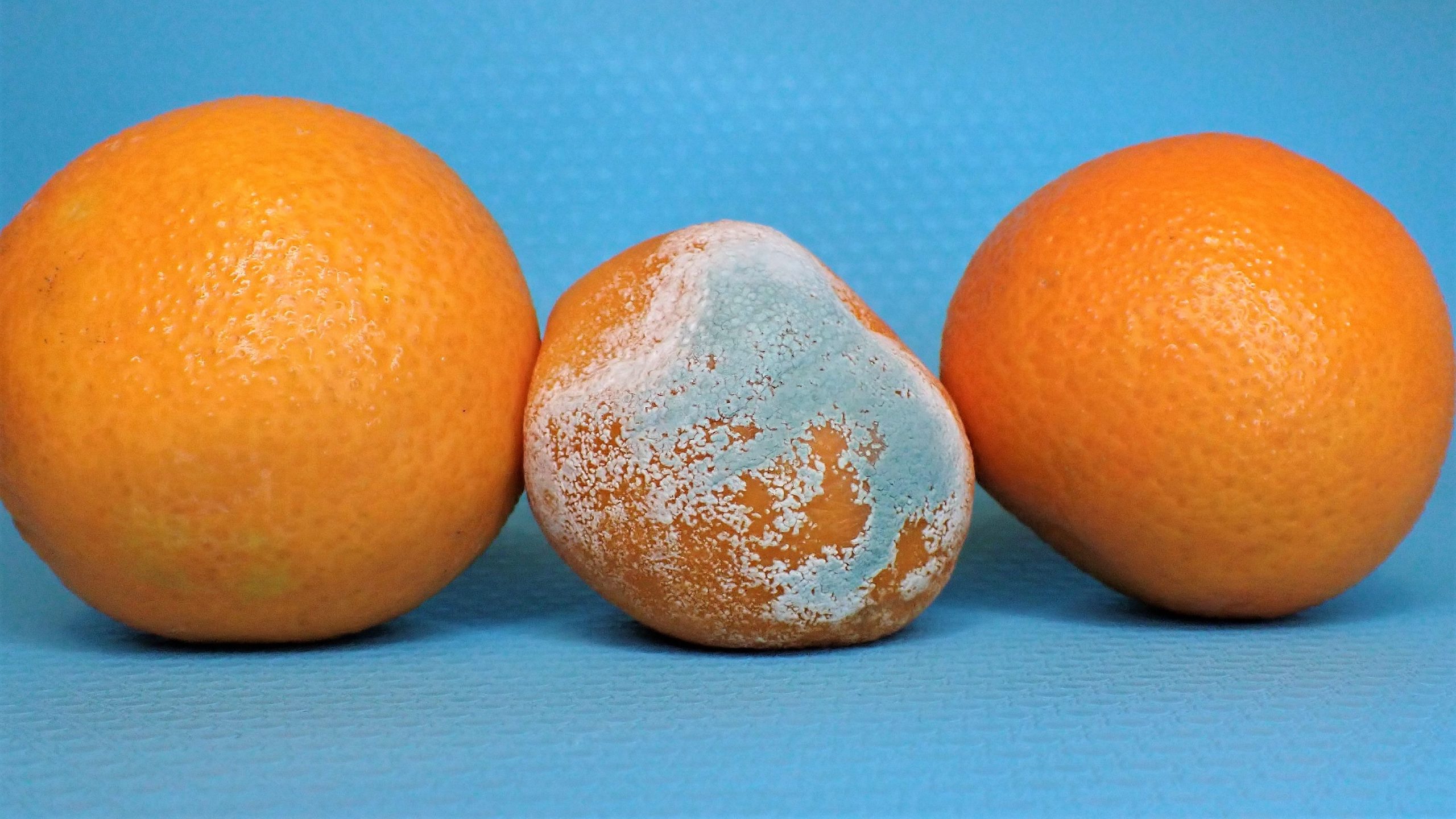
Because it is a natural and normal part of the earths ecosystem it is often overlooked and underrated in the damage it can do to a person’s health.
Inspecting your home for mould routinely, discarding contaminated items and acting fast to eradicate mould is a sure-fire way to protect you and your family from the risk of developing the nasty symptoms of Mould Toxicity.
The key is to act fast and diligently, and to get professional help if you need it.
If you think you have Mould Toxicity, an appointment at Unique Health and Wellness can help you get your health back on track.
You can call the clinic on (07) 5474 5354 or click here to send us an email.
Until next time,
Dedicated to Improving Your Wellbeing and Committed To Helping You Achieve Abundant Health and Wealth,
The team at Unique Health and Wellness.
? Have Questions ?
Please Click on the Image Below to Send Us and Email . . .
References:
[1] https://themoulddoctor.com.au/health/mould-information/what-is-mould/
https://ecosenvironmental.com/long-term-side-effects-mold-exposure/
[2] Myllykangas-Luosujarvi R, Seuri M, Husman T, Korhonen R, Pakkala K, Aho K. A cluster of inflammatory rheumatic diseases in a moisture-damaged office. Clin Exp Rheumatol. 2002;20(6):833-836.
[3] Luosujarvi RA, Husman TM, Seuri M, et al. Joint symptoms and diseases associated with moisture damage in a health center. Clin Rheumatol. 2003;22(6):381-385.
[4] Haapasaari J, Essen RV, Kahanpaa A, Kostiala AA, Holmberg K, Ahlqvist J. Fungal arthritis simulating juvenile rheumatoid arthritis. Br Med J (Clin Res Ed). 1982;285(6346):923-924.
[5] Molnar-Kimber KL, Kimber CT. Each type of cause that initiates rheumatoid arthritis or RA flares differentially affects the response to therapy. Med Hypotheses. 2012;78(1):123-129.
[6] https://www.health.nsw.gov.au/environment/factsheets/Pages/mould.aspx
https://www.planetnaturopath.com/healthy-environment/mold-toxicity/
The information provided does not take into account individual needs of any particular person. When providing this information, it is intended as a sharing of knowledge and information from the research. The information provided should not be construed as personal medical advice or instruction and is not intended to replace a one-on-one relationship with a qualified health care professional and is not intended as medical advice. We encourage you to make your own health care decisions based upon your research and in partnership with a qualified health care professional.
STATEMENT OF AFFILIATION:
Unique Health and Wellness Australia is affiliated with InnerOrigin with the intention of selling non-therapeutic goods which enhance health and wellbeing. These are ancillary products which will not compromise therapeutic goals. InnerOrigin also sells TGA approved therapeutic goods, however we actively discourage our clients from substituting their prescribed natural medicines with these products. Our financial interest in InnerOrigin will therefore not influence the quality of care we provide to our clients. Our high standard of care for our clients is always our first priority.
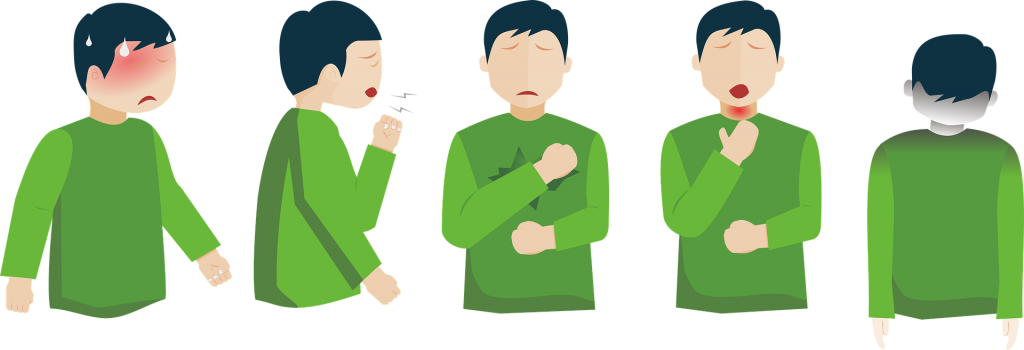

MORE BLOG STORIES
Breaking Down the B Vitamins
Amazing Ways to Help Heal Mitochondrial Dysfunction!
The 5 Worst Foods For Your Gut
‘THE GOLDEN GODDESS’
Mitochondria, Inflammation and Oxidative Stress
Tired? You May Be Suffering From Mitochondrial Dysfunction